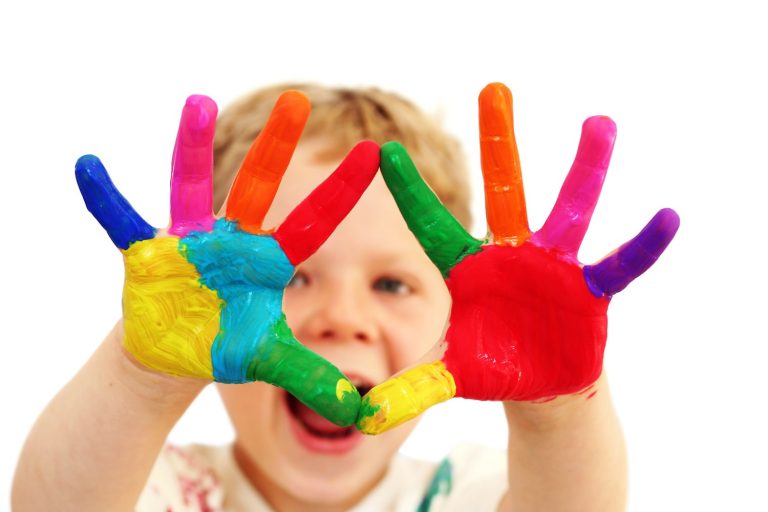Developmental milestones are a helpful and informative way to determine if your child is developing as expected. In our past blog posts, we explored important developmental milestones for children from birth to 1 year old and 2 to 3 years old.
In this article, we will further explore the developmental milestones for children ages 4 to 5 years of age. Feel free to use the milestones below as a guide to help you determine what to expect next and if your child is meeting their milestones.

Communication Milestones
Your child is growing with each day that passes and you may have noticed that they are no longer the quiet, curious baby you once knew. Your child is full of energy and may be a little bossy but independently exploring the world around them.
Check out what speech and language milestones you can expect from a 4 to 5 year old.
- Your child understands words that indicate order (first, next, last).
- Your child understands time concepts such as "yesterday"and "tomorrow"
- Your child can follow more complex directions
- Your child knows approximately 1,000 to 2,000 words.
- Your child can name some letters and numbers.
- Your child can say all speech sounds but still make mistakes on harder sounds such as l, r, ch, sh, th (later developing sounds).
- Your child can use sentences with action words ("I play ball with mommy").
- Your child can change the way they talk based on listener and location. For example, they may talk more quiet when indoors versus outdoors.
- Your child can keep a conversation going and tell short stories.
- Your child can use future tense of verbs ("Santa will bring you presents").
Movement Milestones (Motor)
While you may notice a huge growth and change in your child’s language and cognition, there is also a big change with their movement. Now that they are becoming more independent, you may notice that your child is running and skipping with bursts of energy!
Check out what other movement milestones you can expect from a 4 to 5 year old.
- Your child can stand on one foot for approximately 10 seconds.
- Your child can independently walk up and down the stairs.
- Your child can brush their teeth, dress themself, and use a toilet with minimum to no assistance.
- Your child is able to use a fork and spoon independently. They might even be able to use a knife with some assitance.
- Your child can do somersaults and jump around.
- Your child can swing and climb.
- Your child is starting to trace different shapes and learning to write their name.
Play Milestones
As your child continues to grow, so does their imagination. You may notice that they want to play with “imaginary friends” or have an “afternoon tea party”.
Check out what play milestones you might expect with a 4 to 5 year old.
- Your child enjoys playing with other kids.
- When playing games, your child understands the rules of the game and can take turns.
- Your child expresses their anger through words rather than actions.
- Your child may have "imaginary friends" they like to play with.
- Your child may independently try things their own way.
- Your child may have more mood swings.
What Can I Do To Help?
If you notice that your child is not demonstrating some of the milestones above, try these helpful suggestions below.
1. Acknowledge and praise your child. With your child having more to share, try to acknowledge and praise their efforts. Allow pause time so they can respond.
2. Have your child tell you how to do something. Now that your child is becoming more independent and has developed a curiosity about the world around them, try to encourage language by having them explain how to do something. For example, you can ask them how to play house and where the barbie dolls go.
3. Try to use everyday tasks to promote language. You can ask them about what their favorite snacks are in the refrigerator and describe their color, size, texture, and taste.
4. Try to introduce new concepts such as categories and opposites. With your child’s vocabulary rapidly increasing, continue to promote growth with new terms (e.g. “car” versus “vehicle”) and concepts (e.g. “big” vs. “small”, “short” vs. “tall”).
If you still feel that your child is not meeting their milestones appropriately, please a consultation below so we can determine if your child would benefit from comprehensive evaluation.
References
American Speech and Language Hearing Association. Four to Five Years. American Speech Language Hearing Association. Accessed 18 April 2022. https://www.asha.org/public/speech/development/45/
American Speech and Language Hearing Association. Activities to Encourage Speech and Language Development. American Speech and Language Hearing Association. Accessed 18 April 2022. https://www.asha.org/public/speech/development/activities-to-encourage-speech-and-language-development/
